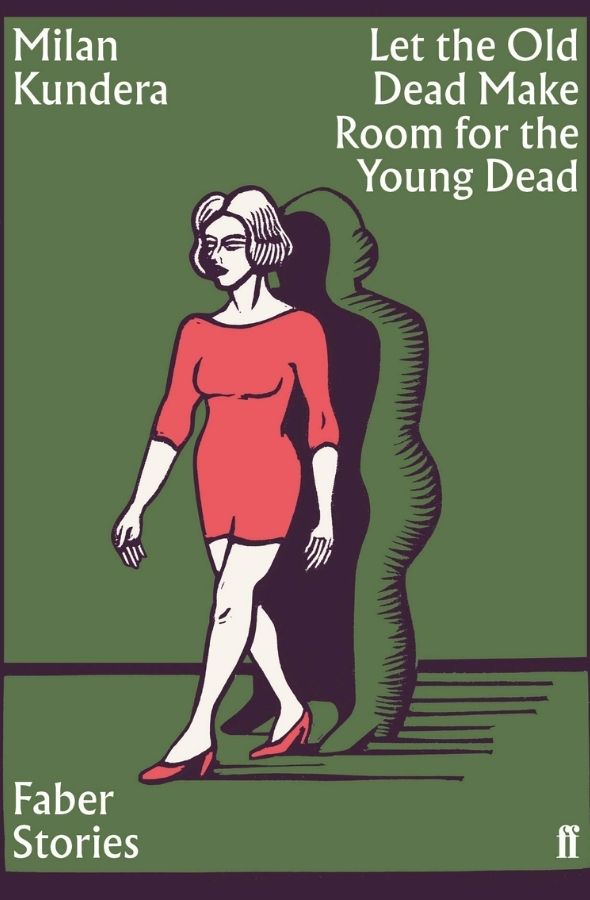After spotlighting it in a recent Book of the Week post, I was spurred to give Milan Kundera’s Faber Stories release a read. I also learned that the author himself passed in July 2023, which surprised me upon seeing that many of his other works were now forty or fifty years old.
Let the Old Dead Make Room for the Young Dead centres on two nameless characters, who were once lovers fifteen years prior, but have not seen each other since. The male, now thirty-five, is aware of his thinning hair, unfulfilled life, and lack of ability with women. The female, now in her mid-fifties and widowed, feels both alone and continually obsessed with ‘beauty’, both in a physical sense, and with regards to non-visible things, like pride and self-worth.
This is something that has existed within her since she was a much younger woman, but seems to be all the more important as she tries to remain ignorant, but also oxymoronically accepting, towards her ageing physique.
It makes both characters equally pathetic. A man lamenting his past as a depressive and shy student, and a woman grappling with who she is. Both people are extremely vain, but also surprisingly normal and almost bland in their assessment of their situations and each other. The woman seems to not want to remember or taint the past, whilst the man wants to escape his past self and be bold. In a strange way, the woman’s physical appearance seems to be important to both of them, and there’s an unspoken sense that her loss of youth will somehow taint the intimate experience they shared fifteen years prior.
The story itself takes place across a single afternoon after the two unexpectedly pass one another on the street. It is almost as spontaneous as their past relationship, one that was just another in a list of affairs for the (then) nearly forty-year-old woman.
Much like its title, Let the Old Dead Make Room for the Young Dead reads somewhat awkwardly. It has an interesting prose, making heavy use of italics and bracketed asides across its few dozen pages of story. This, in addition to an impressive (but also rather archaic) vocabulary, make it a little unpleasant to read compared to more contemporary works.
However, I feel this is down to a matter of translation, as well as the reality that the story was written in 1969. Still, it does not alter the fact that Kundera’s method of writing in this story tends to make sentences difficult to follow, in addition to bombarding readers with little snippets of already known or borderline needless information.
As a premise, I enjoyed Kundera’s story. I think its brief, but clearly thoughtful, exploration of age, vanity, lust, and one’s worth, was worthwhile and about as entertaining as it could be. The story definitely suffers from its age, lack of length, and no deeper depth to any of its characters beyond what I summarised above.
I can’t say I’d beg anyone to go out and buy it, unless they are already a fan of Kundera or want to collect all the Faber Stories books. However, a cheap copy might amuse you for an hour or less.

Leave a Reply